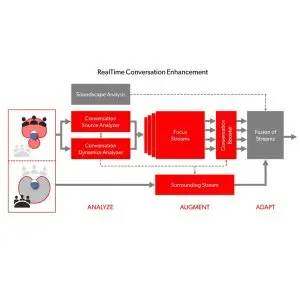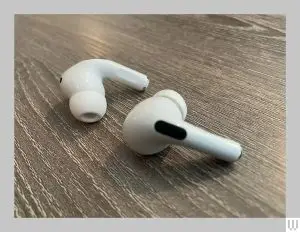
Is It Safe to Buy Prescription Hearing Aids Online? An Audiologist Explains In 1995, I graduated with a master’s degree from San Diego State University with six other classmates. While ...

Where’s That Sound Coming From? The Marvel (and Mystery) of Hearing Localization Imagine you’re walking through a park, coffee in hand, when suddenly you hear a dog bark. You instinctively ...

Hearing in Noise: Comparing Multi-Stream Architecture and Deep Neural Networks in Hearing Aids The study done by Signia Hearing Technologies titled “Conversations in Noise: Multi-Stream Architecture vs. Deep Neural Network ...

A summary of the article titled “Evaluating Apple AirPods Pro 2 Hearing Aid Software” By Nicky Chong-White, PhD; Matthew Croteau, MClinAud; Padraig Kitterick, PhD; and Brent Edwards, PhD of National ...

How Artificial Intelligence Works in Hearing Aids Have you ever wondered how hearing aids can help people hear better, even in noisy places? Well, today’s hearing aids are smarter than ...

How Your Eyes Help You Hear: The Power of Speech Reading Did you know that your eyes can help your ears? It’s true! When you watch someone’s lips move while ...

A Brief History of Closed Captioning Closed captioning (CC) has revolutionized accessibility for individuals with hearing loss, making television, movies, and online content more inclusive. The concept of captioning began ...

Understanding ADA Rights for People with Hearing Loss The Americans with Disabilities Act (ADA) is a critical piece of legislation that protects individuals with disabilities, including those with hearing loss, ...

Enhancing Hearing Health: A Comprehensive Guide to Get What You Need! People with hearing loss should consider getting hearing aids as they can significantly enhance their quality of life and ...

The Choice Dilemma: Do We Really Want Options? Choice is supposed to be a good thing. It fosters competition, fuels innovation, and keeps prices in check. In the world of ...
Powered By SinglerDesign.com